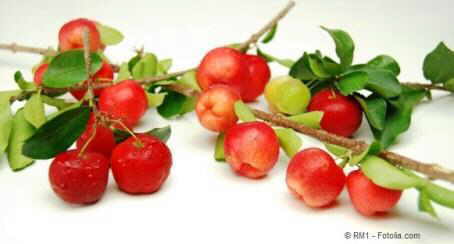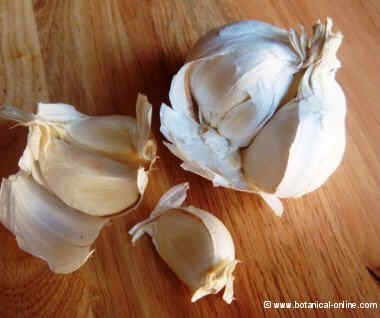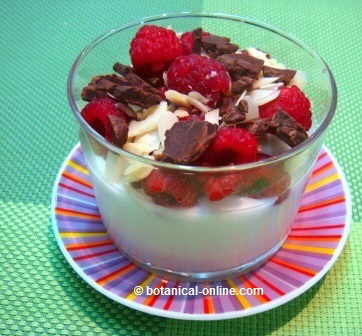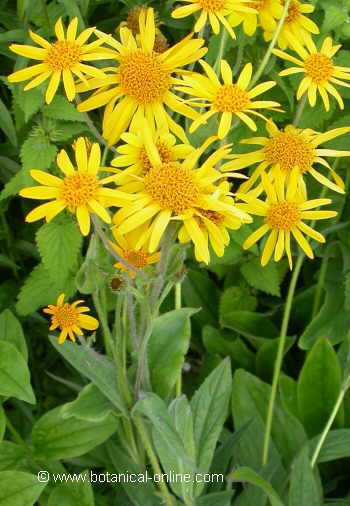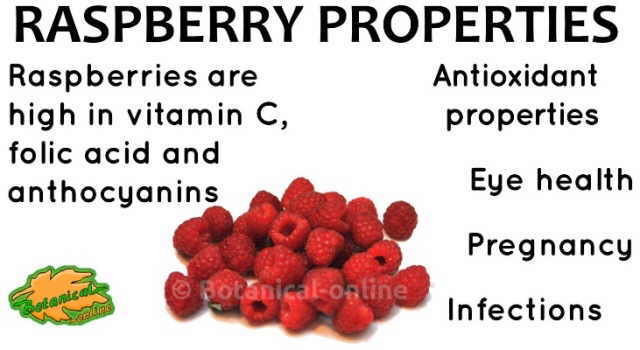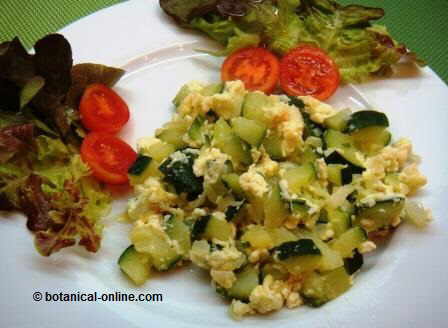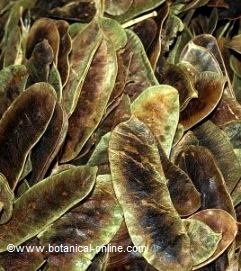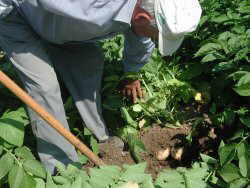Contents
BOLDO, PLANT CHARACTERISTICS
What is a boldo plant?
Common English name: Boldo
| ||||||||||||||||||||
Scientific name: Peumus boldus Molina
Other taxonomic names:
– Boldea fragans C. Gay.
– Boldea boldus (Mol.) Looser.
– Folia boldo
Etymology: the genus Peumus derives from “peumo”, the Mapuche name for the plant. Boldus refers to the Spanish botanist D. Boldo.
* See: Boldo in other languages
Family: Monimiaceae
Origin: Native plant of Chile, where it grows in dry and mountainous places.
Habitat: it grows wild in mountainous and dry zones of Chile. Shallow and often rocky soils. Altitudes below 1,000 meters in temperate climates. It does not tolerate frost. Boldo regenerate in case of forest fires.
Distribution: It grows in the Andes. Naturalized in the Mediterranean region. Cultivated in North Africa and Italy.
How is the boldo plant?
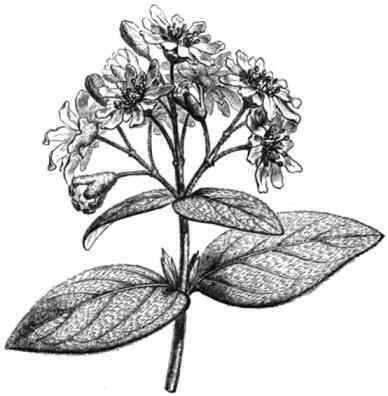
Botanical illustration of boldo (Peumus boldus)
Boldo (Peumus boldus) is a perennial tree, generally about 6 – 7m. height (sometimes up to 20m.) It is distinguished by its characteristic lemon and camphor smell.
This plant receives great phylogenetic interest, since it is one of the families of plants older along with the Aquifoliaceae. Boldo is a monotypic tree, that is, the only species of its genus.
It is a slow-growing tree, which blooms at 4 or 5 years.
It has a rounded cup, very branched, with dense glaucous or green foliage.
Boldo brittle leaves are opposite, petiolated, elliptic, whole, with obtuse appex. The surface of the leaves is rough, since they are covered by glandular protuberances. The flat underside, with pronounced ribs.
The inflorescence is a cluster of 10-12 small flowers. These flowers are white or yellow, 1cm. of diameter and very aromatic. Boldo flourishes from August to September.
It is a dioic tree, so there are male and female trees. To produce fruits, flowers must be pollinated by insects.
The fruit is a small fleshy drupe (1-2 cm in diameter), yellowish green at maturity, very aromatic and edible, with a sweet taste. This can remain in the tree until the following season, turning to black color.
Inside it, there is a 5mm spherical seed., which is dispersed by birds and mammals.
Used parts of boldo
– Bark, leaves, fruits.
Uses of boldo
- Food: the fruits are edible and with them is prepared a very appreciated drink, the chicho de boldo. Cooked or raw.
- Aromatic spice: the bark and leaves can be used as an aromatic spice. Their use is common in Chilean cuisine.
- Medicinal uses: the plant has been used since pre-Columbian times by popular medicine. The leaves are digestive, analgesic, antiseptic, cholagogues, choleretic, diuretic and hepatoprotective.
It is prescribed to treat digestive disorders, such as heavy digestions, dyspepsia and cramps. It prevents gallstones and cleanses the liver. In South America it is a traditional remedy for gonorrhea.
Bark is also used in Chilean medicine, although it is considered less effective than leaves.
Its medicinal components are highly valued in the pharmaceutical industry. They have been used as a substitute for quinine to treat malaria.
– Other Uses: Typically used for firewood and charcoal. Essential oils are insecticides, and dry leaves are rubbed on clothing to repel insects. Tannins from the bark are coloring. Essential oils can be used in perfumery. Necklaces and handicrafts are made from dry fruits, which, when heated by the sun, give off a pleasant smell.
Composition of boldo
Alkaloids
Among all the components of the boldo, the presence of isoquinoline alkaloids (0.2-0.5%) stands out. The plant contains about 20 alkaloids derived from aporphine, the most important being boldine, which represents 25-30% of the total alkaloids.
Boldine and its derivatives have hepatoprotective, anti-inflammatory, antioxidant, choleretic, gastro-stimulant, muscle relaxant and immunomodulatory properties. At high doses it has a hypnotic, convulsive and abortive effects.
It empowers you to treat liver disorders, poor digestion and cramping.
Boldine is the main active component of boldo, and has beneficial properties for the liver. |
Boldo essential oil
The plant is very rich in essential oils (1-3%), responsible for the strong aroma that it produces. Its essential oils include cineole, ascaridole and cymene.
Cineol is a flavored oil, found in abundance in cardamom, lemon or eucalyptus.
It has expectorant, anti-inflammatory, choleretic, sedative and gastric protective properties. For this reason, the boldo is applied externally to decongest the chest, and in baths for the rheumatism.
Ascaridole abounds in the boldo, although we can find it, in smaller amounts, in quinoa.
It is an antiflatulent, sedative and slightly analgesic component. It gives carbolic properties to boldo, which makes it an ideal spice for seasoning dishes, especially for people with gas problems.
Cymene, also present in celery and thyme, is a natural insecticide made by plants, which in the body has a sedative, analgesic and slightly laxative effect.
For its essential oils, boldo is suitable for treating insomnia, digestive disorders of nervous origin, gas and rheumatism. |
Flavonoids and glucosides
The plant also contains antioxidant flavonoids, tannins and flavonoid glycosides, mainly bolboside.
COMPONENTS OF BOLDO |
|
![]() More information on boldo
More information on boldo

